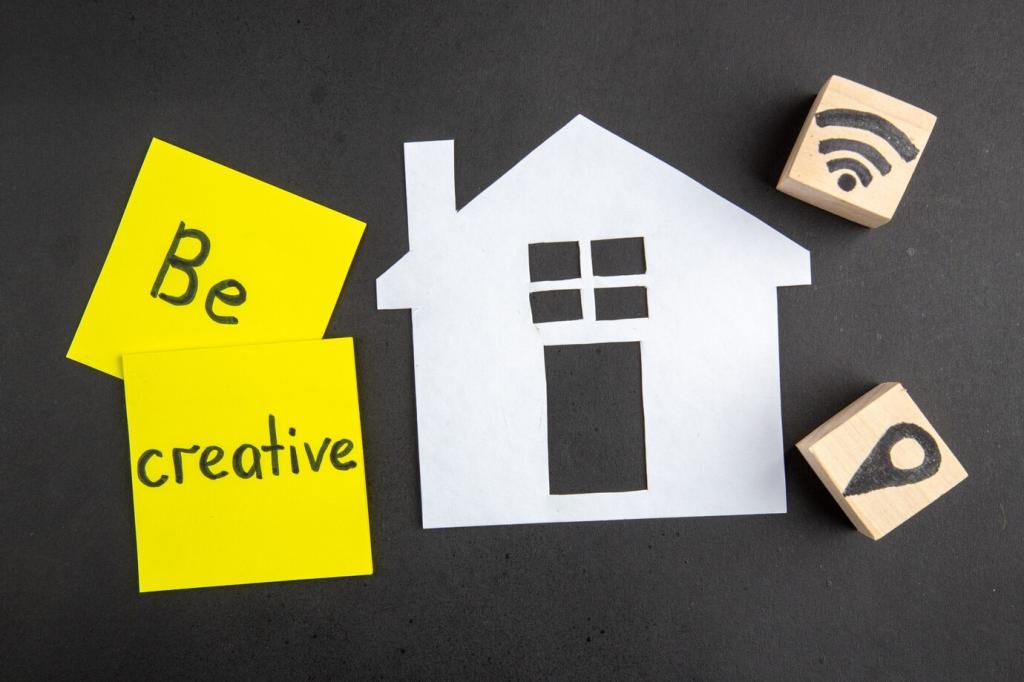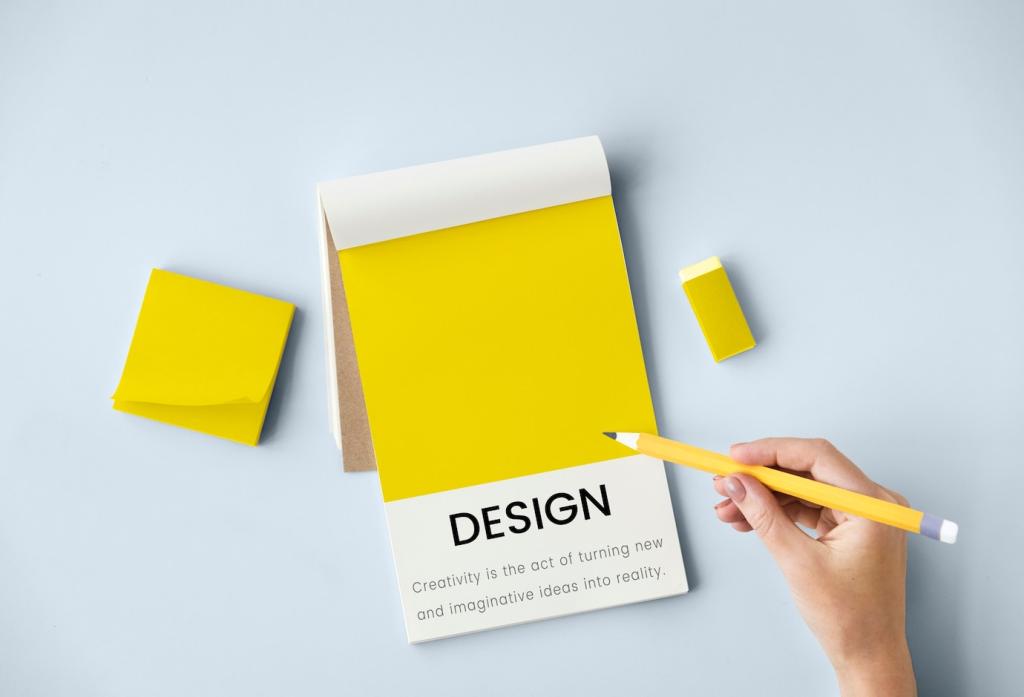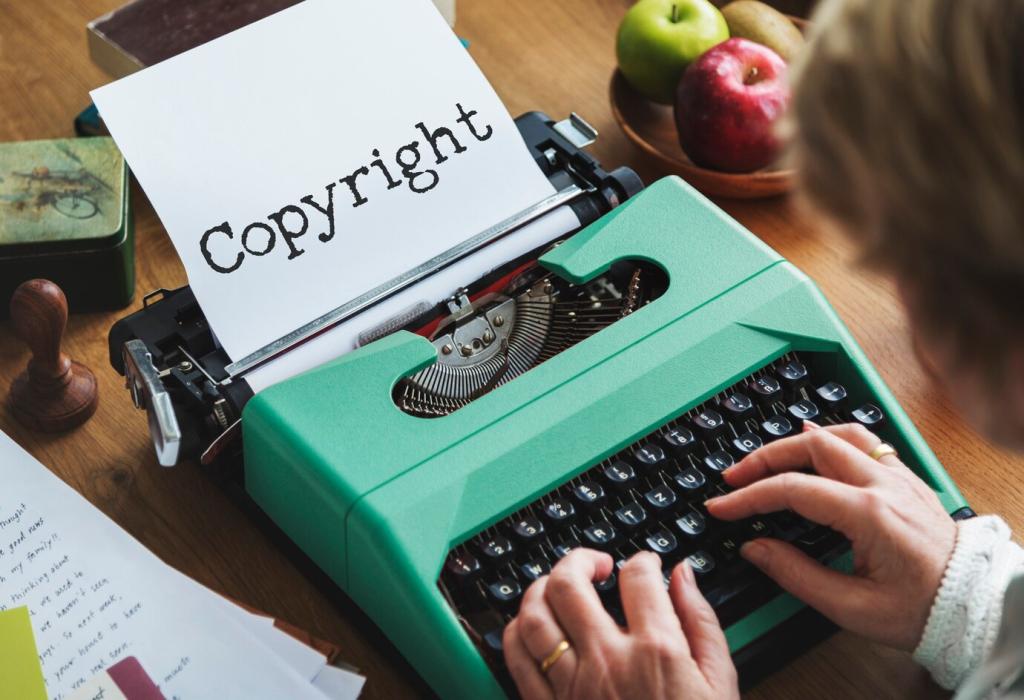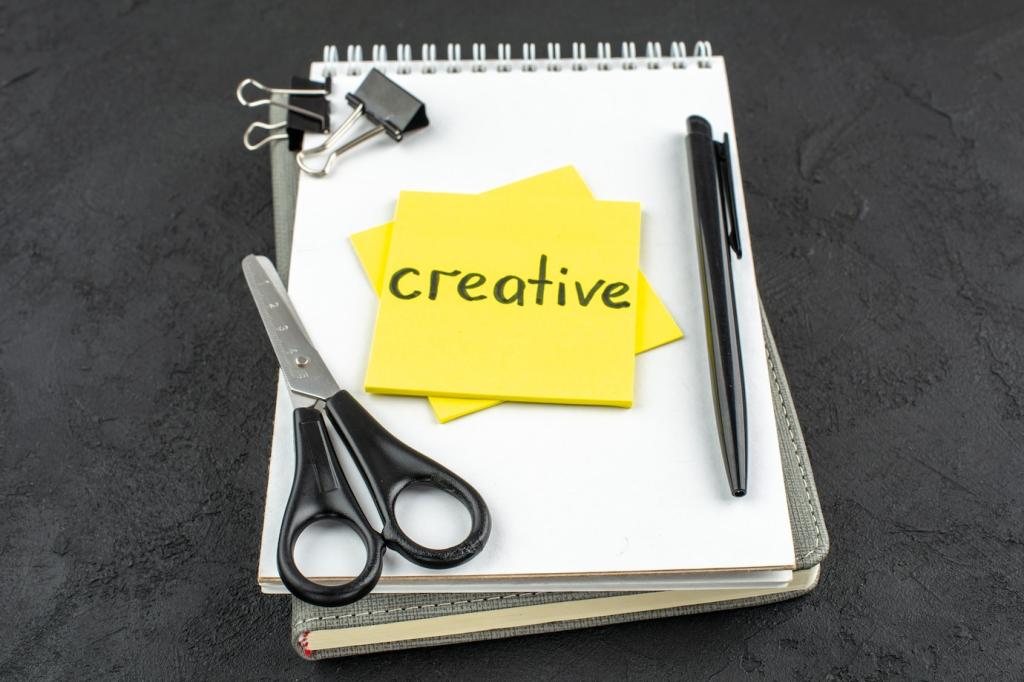Foundations of Color Theory
Hue is the pure color family, saturation is its intensity, and value is its lightness or darkness. Adjusting these three axes creates nuanced harmony, subtle emphasis, and clear hierarchy. Try tweaking value before saturation to refine readability and emotional tone in your compositions.
Foundations of Color Theory
Primary colors build the system; secondaries and tertiaries fill the spaces between, unlocking smoother transitions. Understanding these relationships lets you predict harmony and contrast before you paint or design. Comment below with a tertiary combination you love and why it works for your audience.
Foundations of Color Theory
Warm hues often advance while cool hues recede, shaping depth and focus without extra effects. By balancing warmth against coolness, you can guide the eye elegantly. Share a project where shifting one hue’s temperature improved clarity, mood, or brand alignment for your users.
Foundations of Color Theory
Lorem ipsum dolor sit amet, consectetur adipiscing elit. Ut elit tellus, luctus nec ullamcorper mattis, pulvinar dapibus leo.







